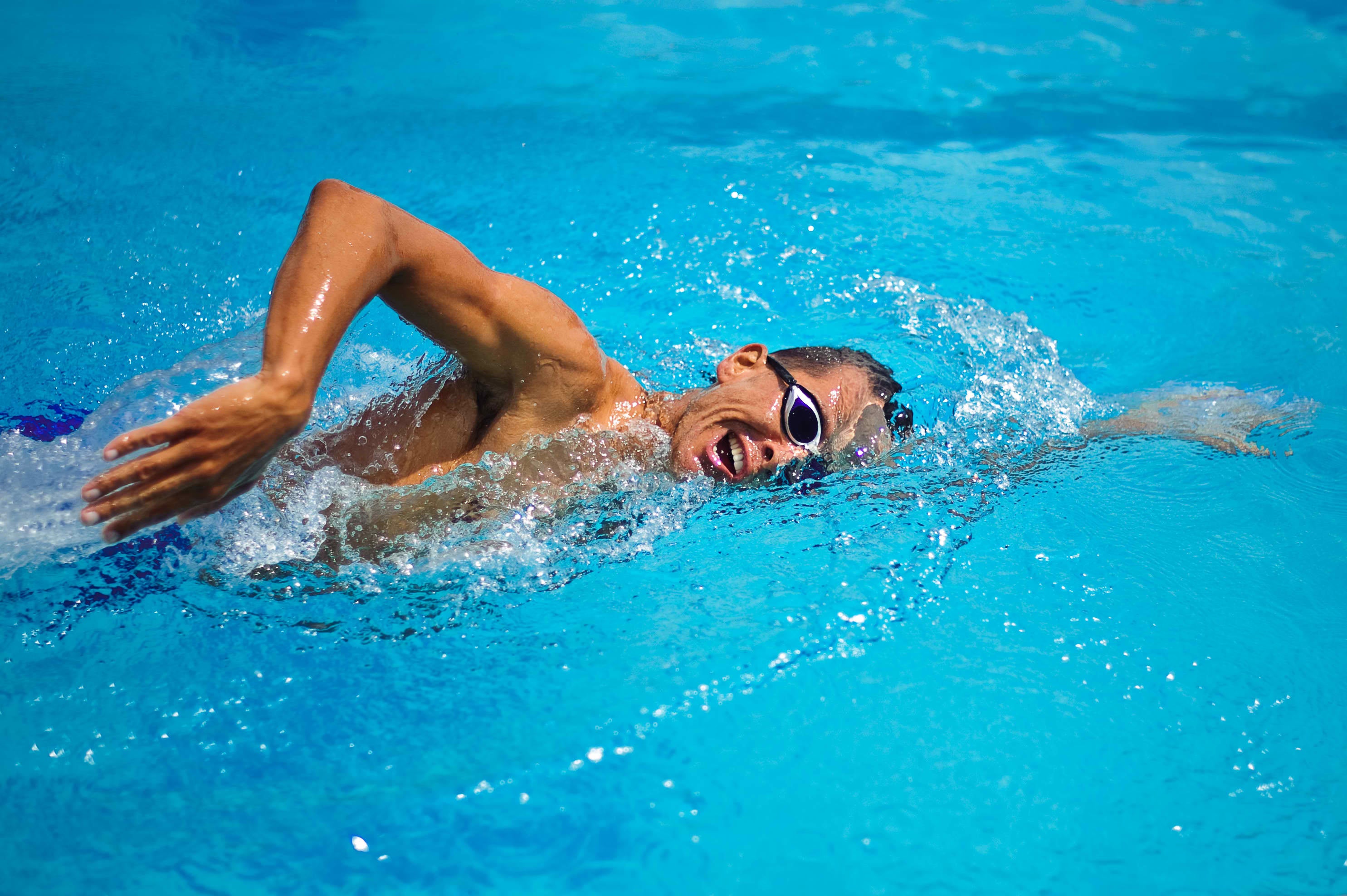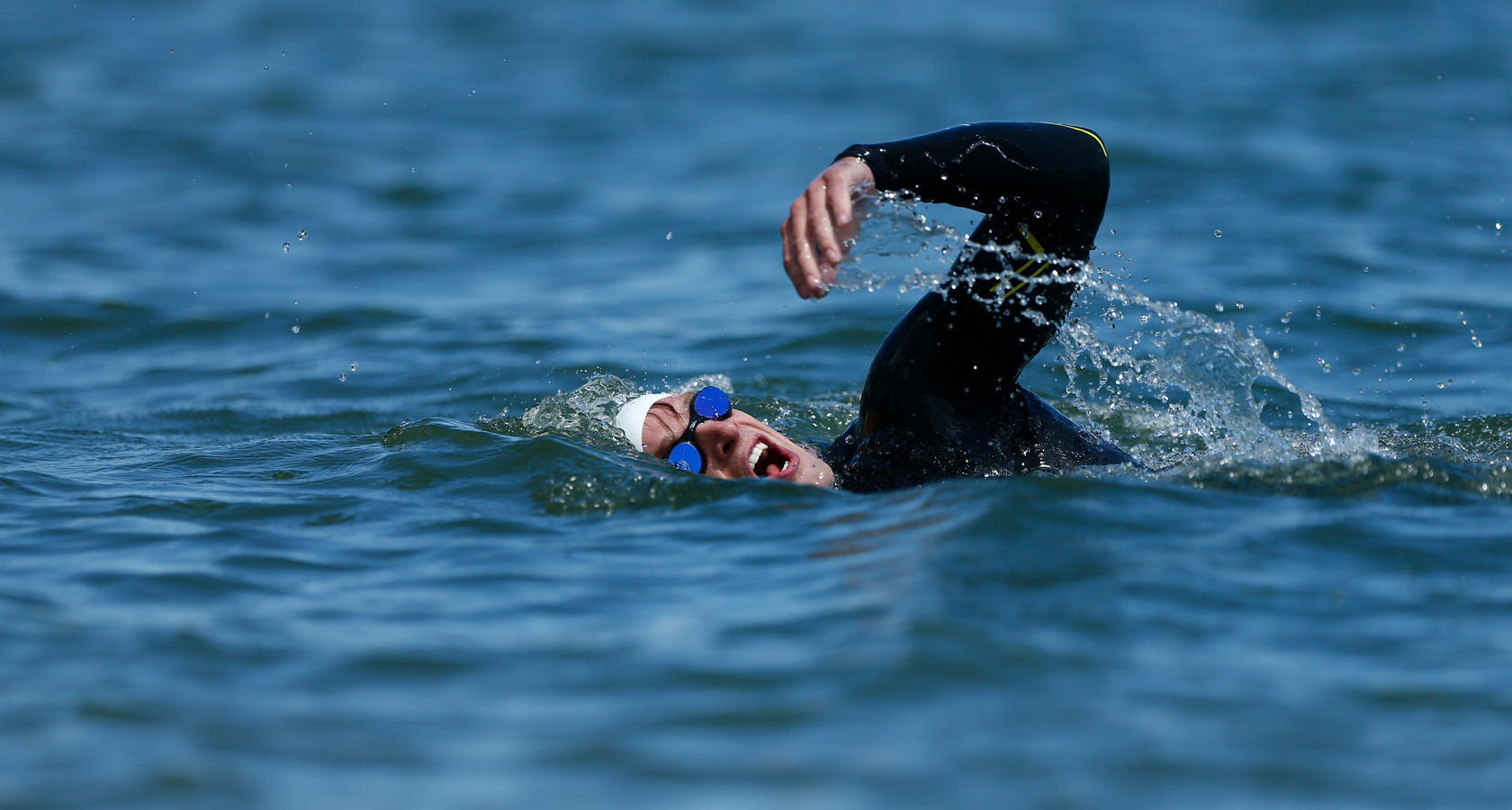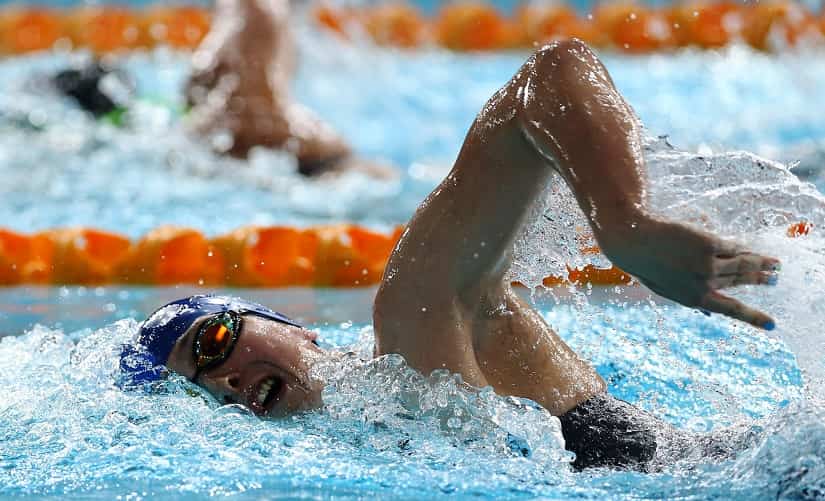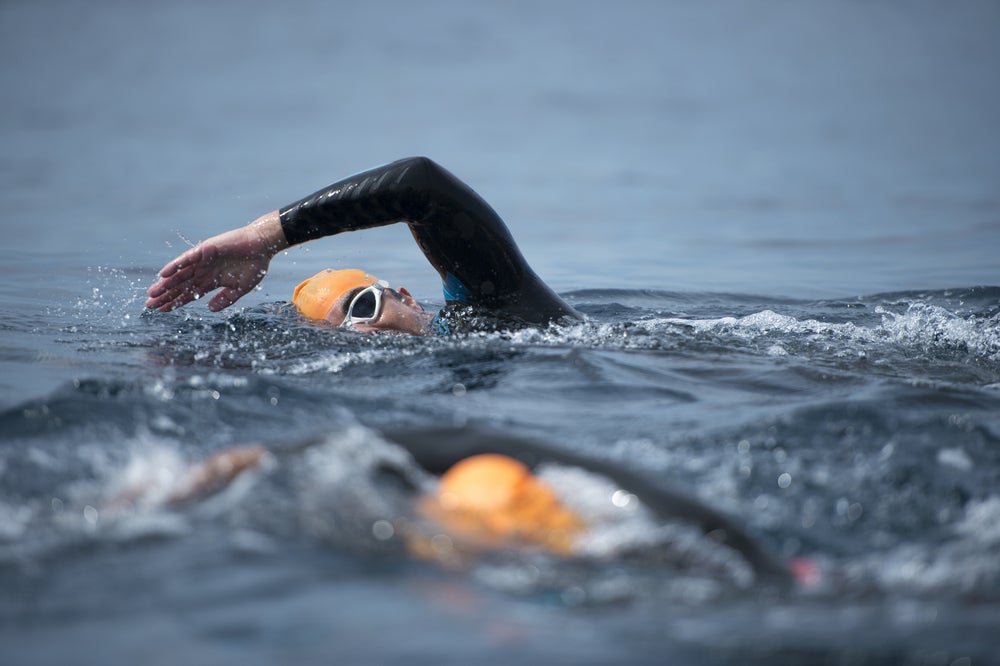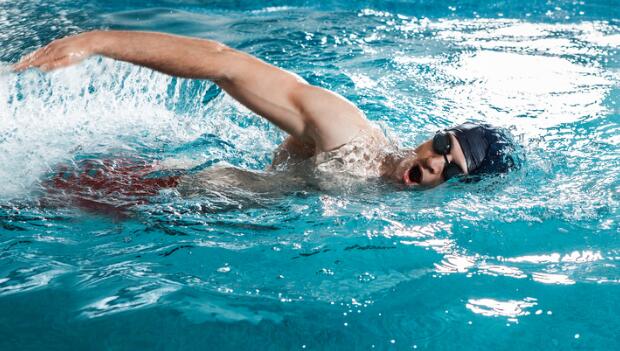Bilateral Breathing Triathlon

But if you re serious about improving your swim breathing and your endurance hear us.
Bilateral breathing triathlon. And a little fun along the way won t hurt either. If you want to continue working on stroke balance breathe to the left going down the pool and to the right coming back. Breathing to both sides of your body becomes even more important when you move from the pool to the open water. Switch to one sided breathing for moderate hard distance and mid distance sets.
Experiment with yoga. How to improve your swim breathing and swim better. The biggest drawback to bi lateral breathing is that you will be taking in less oxygen. Ok working on bilateral breathing can help you with spotting in open water or help when you have the sun in your eyes during a race.
That way you get the oxygen you need but still. The advantages of bilateral breathing in triathlon are that it enables a swimmer to get a view on both sides and if breathing on one side or the other tends to create a flaw in the stroke mechanics it may also reduce the error and help balance the stroke. If training for distance swimming in a triathlon feels more like a chore than a charm you re not alone. Our experts mark perry and alan rapley discuss its merits with many new triathletes struggling to master this skill our experts discuss how big an impact it has on your swim split.
Just how important is bilateral breathing for beginners. Some tips on how to practice bilateral breathing while keeping it interesting. Breathe to your weaker side on warm ups warm downs and slow swimming sets. You get a better balance in the water by alternating your breathing and you develop uniform muscles.
Even though it may reduce your oxygen uptake there are still times when it can be beneficial. Is bilateral breathing essential for triathletes. It s also good for developing better range of motion and working consistent bi lateral strokes. What you need most is certainty that the time you re putting in and the work you re doing is going to pay off.
That way you get the oxygen you need but still develop a symmetrical stroke. But there are defined best practices when it comes to getting the most bang for your buck with swim training. Breathing on both sides of your body while you are swimming creates smooth even strokes. Breathe to your weaker side on warm ups warmdowns and slow swimming sets.
We know this sounds like a joke. Among elite swimmers bilateral breathing is practiced much more often by women than men. My advice is to include bilateral breathing in your workouts during warm up drills easy aerobic sets and short sprints like 25s and 50s. Get a mixing bowl.


